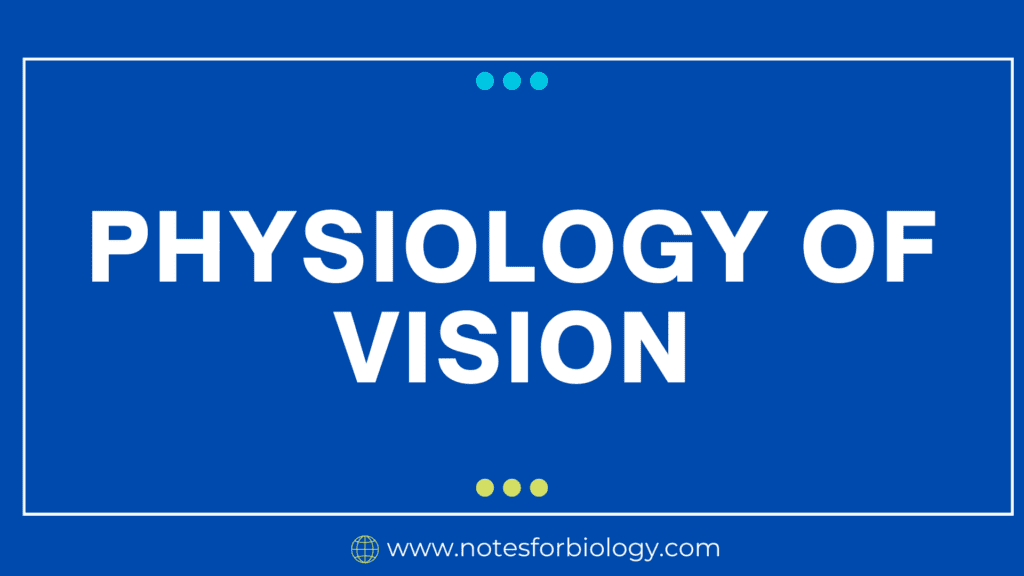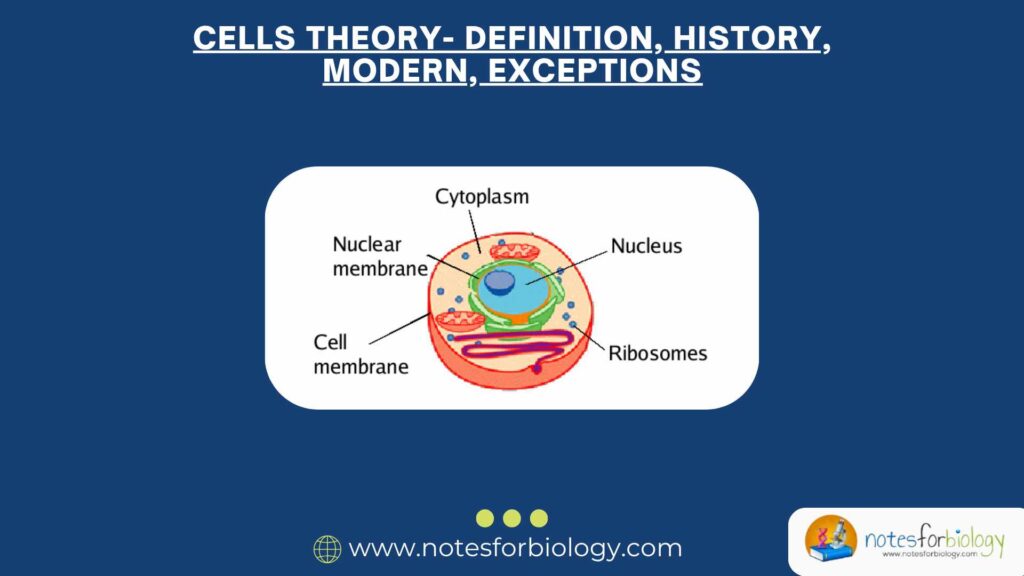1. Introduction
Human life begins with a beautiful and complex process called fertilization, followed by embryogenesis — the development of an embryo. These processes are vital steps that turn a single fertilized cell into a baby.
Fertilization is the union of a sperm (from a male) and an egg (from a female). After this union, the single-cell zygote begins to divide, grow, and develop into a full human being through a process called embryogenesis.
Table of Contents
2. Human Fertilization
What is Fertilization?
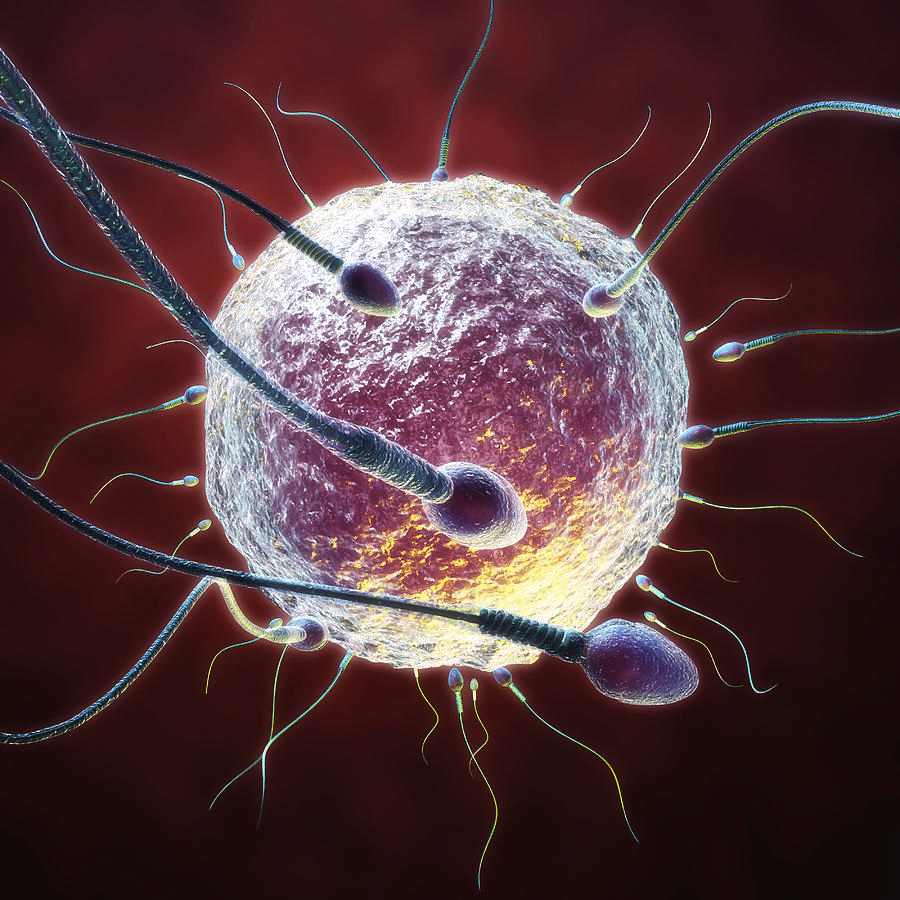
Fertilization is the fusion of the sperm cell and egg cell, resulting in the formation of a zygote — the first cell of a new human life. This usually happens in the fallopian tube of the female reproductive system.
Steps in Fertilization
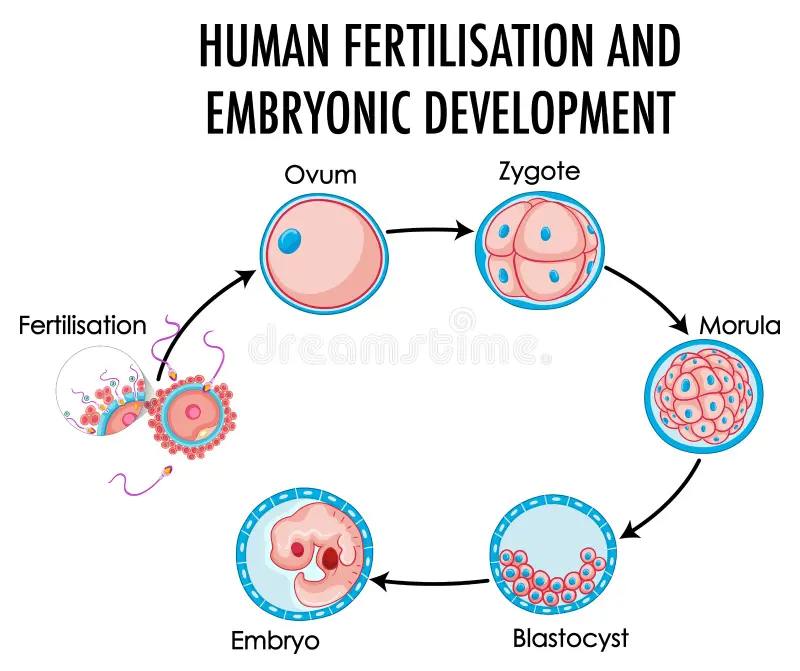
a) Ovulation
- Around the 14th day of a woman’s menstrual cycle, an egg is released from the ovary.
- This egg travels into the fallopian tube, where fertilization usually takes place.
b) Sperm Entry
- During sexual intercourse, millions of sperms are released into the female vagina.
- Only a few hundred reach the fallopian tube, and only one sperm enters the egg.
c) Penetration of the Egg
- The sperm uses enzymes in its head (acrosome) to break through the protective layers of the egg.
- Once a single sperm enters, the egg blocks other sperms — preventing multiple fertilizations.
d) Fusion of Nuclei
- The nucleus of the sperm and egg fuse, combining their genetic material (23 chromosomes from each).
- This forms a single cell with 46 chromosomes, called a zygote.
3. What Happens After Fertilization?
After fertilization, the zygote begins its journey of growth and development.
a) Zygote Formation
- The zygote is the very first cell of the new individual.
- It contains all the genetic information needed to form a complete human.
b) Cleavage (Cell Division)
- The zygote begins to divide by a process called cleavage.
- It divides into 2, then 4, 8, 16, and so on — forming a ball of cells.
c) Morula
- Around 3–4 days after fertilization, the zygote becomes a solid ball of cells called a morula.
- It is still traveling down the fallopian tube toward the uterus.
d) Blastocyst
- By the 5th day, the morula develops a fluid-filled cavity and becomes a blastocyst.
- The blastocyst is ready to attach to the uterus wall — a process called implantation.
4. Implantation: Settling in the Uterus
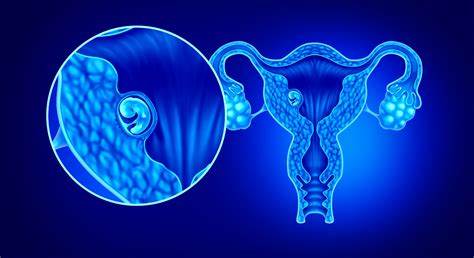
- Around the 6th–7th day after fertilization, the blastocyst reaches the uterus.
- It implants itself into the uterine lining (endometrium).
- The outer layer of the blastocyst (called the trophoblast) helps it attach and start forming the placenta.
Implantation is the beginning of pregnancy.
5. Embryogenesis: From a Cell to an Embryo
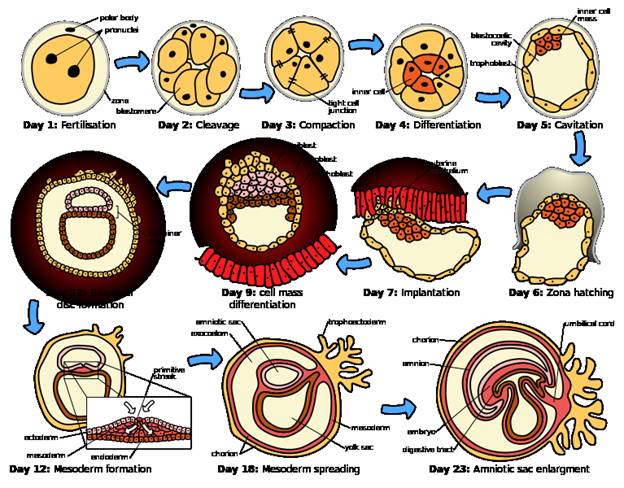
Embryogenesis is the process by which the zygote develops into an embryo. This involves multiple stages:
a) Gastrulation: Forming Layers
By the third week, the embryo begins to develop three distinct germ layers. These layers form different parts of the body:
- Ectoderm → skin, brain, spinal cord, eyes
- Mesoderm → muscles, bones, heart, kidneys
- Endoderm → lungs, liver, digestive system
This process of forming layers is called gastrulation.
b) Neurulation: Forming the Nervous System
- The ectoderm starts forming the neural tube, which later becomes the brain and spinal cord.
- This is called neurulation and happens in the third and fourth weeks of development.
c) Organogenesis: Building Organs
Between the 4th and 8th weeks, the three germ layers develop into all the major organs and systems of the body:
- Heart starts beating around the 4th week.
- Limbs, eyes, ears, brain begin to form.
- By the end of the 8th week, the embryo starts to resemble a small human.
At this point, we begin to call it a fetus instead of an embryo.
6. From Embryo to Fetus
- After 8 weeks, the growing baby is called a fetus.
- All major organs have formed, and they now grow and mature.
- The placenta provides oxygen and nutrients, and removes waste.
- By the end of the first trimester, the fetus starts moving.
- During the second and third trimesters, growth speeds up.
- The fetus becomes capable of living outside the womb by the seventh month, but full-term birth occurs around 9 months (38–40 weeks).
Summary Table of Development
| Stage | Timeframe | Description |
|---|---|---|
| Fertilization | Day 0 | Sperm and egg fuse to form a zygote |
| Cleavage | Days 1–3 | Rapid cell divisions |
| Morula | Day 3 | Solid ball of cells |
| Blastocyst | Day 5 | Fluid-filled structure ready to implant |
| Implantation | Days 6–7 | Embeds in uterus wall |
| Gastrulation | Week 3 | Formation of three germ layers |
| Neurulation | Week 3–4 | Formation of brain and spinal cord |
| Organogenesis | Weeks 4–8 | Formation of organs |
| Fetal Development | Week 9–birth | Growth and maturation |
Importance of Fertilization and Embryogenesis
- They mark the beginning of life.
- Understanding these helps in:
- Fertility treatments (e.g. IVF)
- Managing pregnancy
- Preventing birth defects
- Studying developmental biology and medicine
Conclusion
Human fertilization and embryogenesis are amazing examples of how life begins. From the moment a sperm meets an egg, a complex and well-timed series of events unfolds — resulting in the creation of a new human being. This journey from zygote to embryo to fetus is filled with precise steps, guided by nature’s remarkable intelligence.
Frequently Asked Questions
Where does fertilization occur in humans?
Fertilization usually occurs in the fallopian tube, not in the uterus.
How many sperms are needed for fertilization?
Only one sperm fertilizes the egg, although millions may enter the female body.
When does the heart of the embryo start beating?
Around the fourth week of development.
Related Articles



